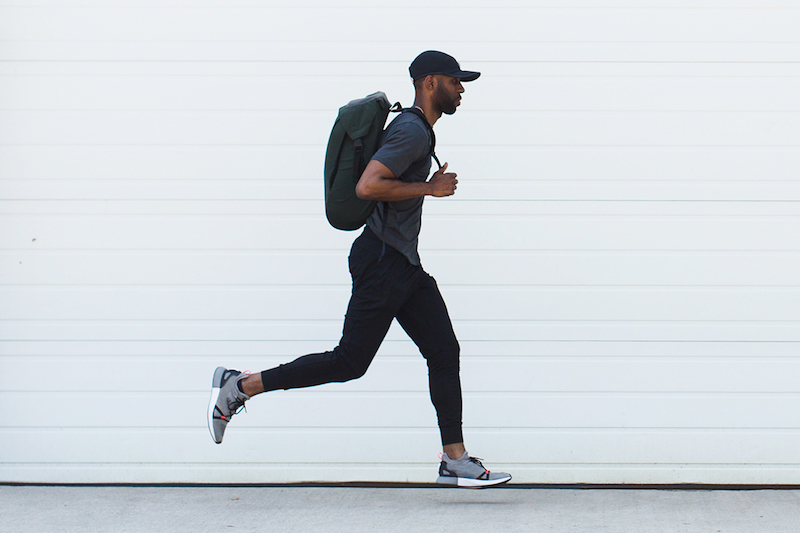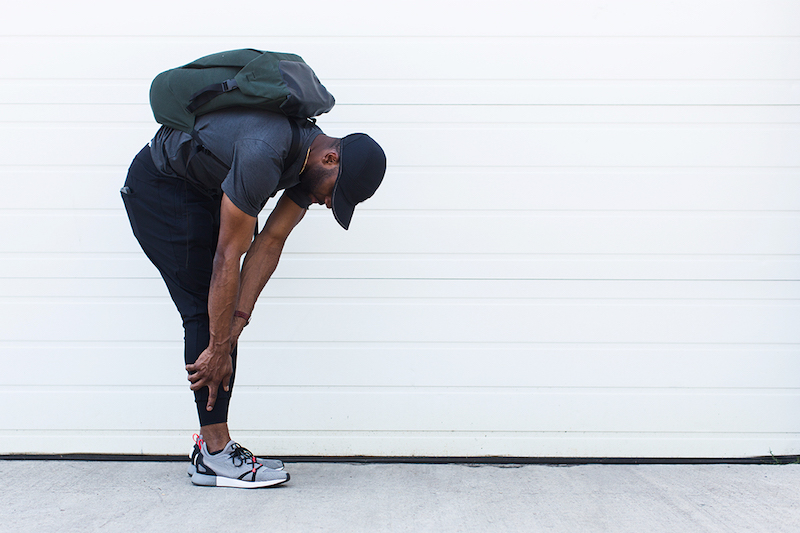Strengthen Your Ankle Tendons
If you’ve ever rolled your ankle, you have felt that pain along the outside of the foot – it’s sharp, swells up, and makes walking incredibly difficult.
But sometimes pain occurs at the outside ankle area, and you have no idea where it came from. You’ll ask yourself “what did I do to cause that? I didn’t trip, I didn’t fall, and I didn’t roll it.” If you’re experiencing mysterious ankle pain, the peroneal tendons may be to blame.
What Is Ankle Tendon Pain Called?
A peroneal tendinopathy is dysfunction of the peroneal tendon. These tendons connect the peroneal muscles to the outside and base of the foot. They’re responsible for plantar flexion and eversion movements of the foot.When there’s increased load to the tendon from an increase in running, training, or sports that require significant amounts of sharp movements, function of the peroneal tendon group will be disrupted. Depending on the severity of the tendon irritation, an injury can manifest as inflammation, pain with movement, weakness, and range of motion restriction. This makes getting back to your sport and everyday activities difficult to participate in.

Who Gets It?
This injury is typically seen if you’re a high volume and intense training athlete. It’s also common if you have chronically rolled your ankle(s). Having a history of rolled ankles weakens the supportive ligaments, and stresses the peroneal muscles and tendons that provide structure and protection. This ultimately increases the demand on the peroneal tendons, furthering risk of injury.The pain tends to be gradual at first, and most people ignore the pain until it becomes chronic and aggravated with common activities like running.

What Can You Do About It?
Education – Don’t Go At It AloneLike all tendon injuries, it’s important to seek education on load management from your therapist. Your tendons need sufficient time to heal, but this doesn’t mean a full stop in using your muscles. You’ll want a progressive plan focused on regaining full range of motion of the ankle, strength, and stability. That often means knowing what your limits are, respecting limitations, and having a goal specific approach to regaining function.
Manual Therapy
People with a peroneal tendinopathy typically show reduced movement in the joints responsible for eversion of the foot. Your therapist at Myodetox can work on any restrictive muscle and joint that may be contributing to movement restriction and pain.
Exercise Management
Your therapist will work with you and provide the correct exercises to regain your ankle movements. If you’re unable to access a therapist immediately, give some of these exercises a try.
Ankle CARs: Click here to watch the video
Foam Rolling: Click here to watch the video
Strength Training: Click here to watch the video
Stability Training: Click here to watch the video
















